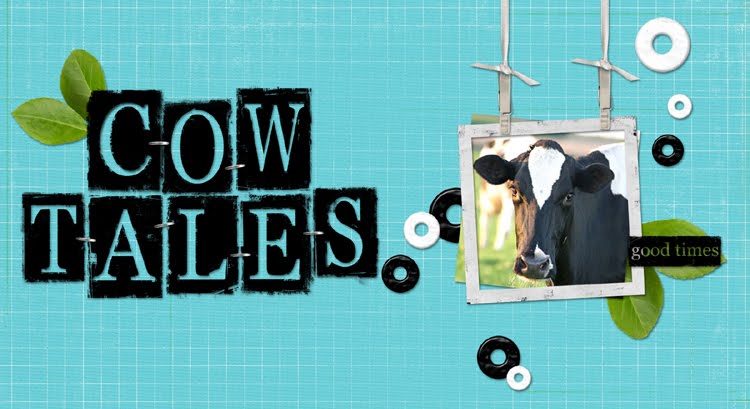When you think of milk fever,
you think of calcium. We treat milk fever with calcium and the cow
typically responds quickly and successfully. Even though milk fever
is easy to treat, the disease is costly with an estimated cost of
$350/case. Hypocalcemia typically leads
to or is a forewarning of transitional disease.
The clinically weaker and
immuno-suppressed cow is at greater risk for injury, mastitis, retained
placenta, and metritis. Therefore, we
need to strive for a low herd incidence. A herd level milk
fever incidence should be less than 3%. This article will
analyze the impact of nutrition on the incidence of milk fever.
To achieve a low incidence
rate, we need to focus on prevention. An obvious strategy to decrease
milk fever is to maintain pre-fresh dry matter intakes and to lessen the degree
of dry matter intake decline prior to calving through adequate bunk space (30”
per head) and cow comfort. Additionally,
the dry cow should consume a ration with excellent forage quality and adequate
metabolizable protein (>1200g/day) without exceeding the NEl requirement of
14-15 Mcal per head per day (0.64 Mcal NEl per pound of DM). Another milk
fever control strategy that has been incorporated in pre-fresh rations and extensively
analyzed is the DCAD (Dietary Cation Anion Difference) Theory which
focuses on Calcium, Magnesium, Potassium, Sulfur, Sodium, and Chloride dietary
levels.
Lean et al analyzed 137
trials with 2545 calvings to determine which minerals had the greatest
influence on the development of milk fever. The results will surprise
you! First, picture a bell curve.
Milk fever incidence in
response to varying dietary calcium concentrations as predicted by Model 1.
(Lean et al Journal of Dairy Science 89:669–684 2006)
When analyzing the influence
of calcium as a % of dry matter intake on milk fever incidence, the highest
incidence of milk fever occurred at calcium levels between 1.1-1.5% dry matter
with decreasing incidence below 1.1%DM and above 1.5%DM. Lean saw a
greater benefit to lowering pre-fresh calcium levels to <0.5% dry
matter.
Second, the
meta-analysis revealed a significant influence of magnesium on the incidence of
milk fever. In fact, the influence of magnesium was significantly more
important than potassium! The study
showed a greater benefit to formulating pre-fresh rations with magnesium levels
>0.4% dry matter. We understand many farms have seen a
higher milk fever incidence with high potassium forages. The greater
incidence was likely a result of insufficient dietary magnesium
levels! Low potassium levels are often recommended, but
the agronomic negatives are more significant to the dairy’s
bottom-line than the metabolic benefit to the cow. Lowering grass
potassium levels significantly reduces yields (correspondence with Dr.
Ferguson, University of Pennsylvania).
With the information
presented in the meta-analysis, we recommend keeping pre-fresh calcium levels
low, <0.5% dry matter, potassium levels as low as physically possible for
the farm, and, more importantly, magnesium levels >0.4% dry matter.
Please work closely with your
nutritionist and veterinarian, ensuring excellent communication between all
team members, to optimize the health and productivity of your transition
cows.


Hi, I’ve been a long-time reader of your and just wanted to share something? Please email me back. Thanks!
ReplyDeleteOlivia
1xoliviax1 gmail.com